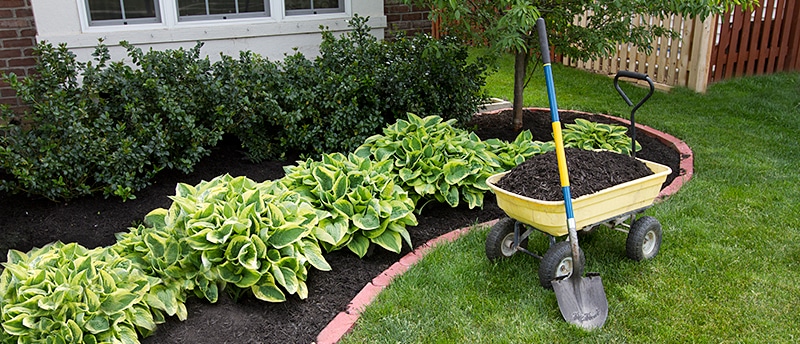
Elevated Koi Pond Features Unique Above Ground Designs
Introduction
In the realm of backyard tranquility, koi ponds reign supreme as serene havens of aquatic beauty. While traditional in-ground ponds are common, elevated koi ponds offer a unique twist on this classic feature. Let’s explore some distinctive features of elevated koi ponds and the unique above-ground designs that make them stand out.
Innovative Elevated Designs
Elevated koi ponds depart from the conventional by bringing the beauty of aquatic life to eye level. These innovative designs elevate the viewing experience, allowing enthusiasts to observe their beloved koi from a new perspective. Whether nestled on a deck or incorporated into a raised garden bed, elevated koi ponds add a touch of sophistication and elegance to any outdoor space.
Space-Saving Solutions
One of the primary advantages of elevated koi ponds is their space-saving design. By raising the pond above ground level, homeowners can maximize their outdoor space without sacrificing the beauty of a koi pond. Elevated ponds are ideal for smaller yards or urban gardens where space is limited, offering a compact yet visually stunning alternative to traditional in-ground installations.
Customizable Features
From sleek modern designs to rustic naturalistic settings, elevated koi ponds offer endless customization options to suit any aesthetic preference. Homeowners can choose from a variety of materials, such as wood, stone, or composite decking, to create a unique look that complements their outdoor décor. Incorporating elements like waterfalls, fountains, or underwater lighting adds depth and visual interest to the pond, creating a captivating focal point for outdoor entertaining and relaxation.
Accessibility and Maintenance
Elevated koi ponds are not only aesthetically pleasing but also practical in terms of accessibility and maintenance. Raised above ground level, these ponds are easier to access for routine cleaning, feeding, and maintenance tasks. Additionally, elevated ponds are less susceptible to contamination from runoff or debris, resulting in cleaner water and healthier koi. By incorporating features like bottom drains and skimmers, homeowners can maintain optimal water quality with minimal effort.
Innovative Filtration Systems
Maintaining water quality is essential for the health and vitality of koi fish. Elevated koi ponds often feature innovative filtration systems that keep water clean and clear while minimizing maintenance requirements. Biological and mechanical filtration components work in tandem to remove debris, excess nutrients, and harmful bacteria, ensuring a healthy environment for koi and other aquatic life. Advanced filtration technology allows homeowners to enjoy their pond with confidence, knowing that their fish are thriving in pristine water conditions.
Integration with Surrounding Landscape
Elevated koi ponds seamlessly integrate with the surrounding landscape, enhancing the overall aesthetic appeal of the outdoor space. Whether incorporated into a deck, patio, or garden bed, these ponds become natural extensions of the environment, blurring the lines between indoor and outdoor living. Thoughtful landscaping elements, such as aquatic plants, boulders, and ornamental grasses, further enhance the beauty and authenticity of the pond, creating a tranquil oasis that complements the natural surroundings.
Versatility in Design
Elevated koi ponds offer versatility in design, allowing homeowners to create unique above-ground installations that suit










